Many claim that the cost of building a concrete home is quite high. However, a concrete home might actually reduce your utility costs significantly.
In addition to significant savings on heating and cooling expenses, concrete homes can save up to 25% on insurance. This is due to the increased fire and natural catastrophe resistance of these dwellings.
Today, we’ll talk about different ways to form a concrete house that are less expensive and different materials that can be used for this purpose.
So, let’s get started.
Building Affordable Concrete Homes
The need for affordable concrete house construction is at maximum nowadays due to the significantly increasing population and shortage of materials available. The economic problems arising in the world nowadays significantly boosted the price of construction materials and workmanship.
This urged builders to start looking for materials and/or methods to provide affordable concrete homes, focusing on sustainability, green building, disaster resistance, energy conservation, and safety.
Materials for Affordable Concrete Homes
1. Prefabricated Structural Panels
Prefabricated structural panels are a form of building product that can be manufactured off-site and assembled on-site, providing an alternative to traditional site-based construction.
They can facilitate quicker building times, better quality production due to better supply chain coordination, and controlled-environment manufacturing in factories. But early in the process, a thorough design must be offered because any errors or revisions made after the fact might have a big financial impact.
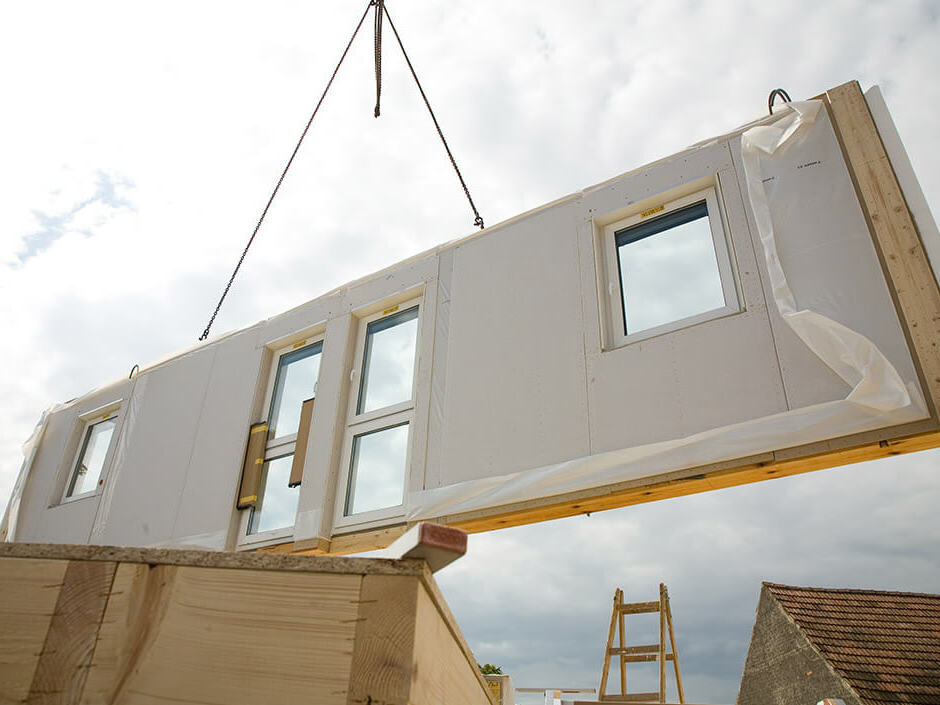
Using prefabricated panels is one of the quickest and most economical methods to construct a home. The majority of these panels are part of a technology that makes it far more affordable to create a customized home. Although completely prefabricated homes are among the less expensive to build, the panels offer much more flexibility in terms of both the building process and the materials used.
2. Precast Concrete Panels
Precast concrete offers the aesthetics, affordability, durability, strength and speed of installation owners and architects want in a building material. But precast concrete building envelopes don’t stop there. They offer design flexibility, time savings and improved profitability, too. Precast concrete wall panels and veneer are typically lightweight and easy to install, with products ranging from thin brick veneer to cladding inspired by limestone, travertine and other stone products.
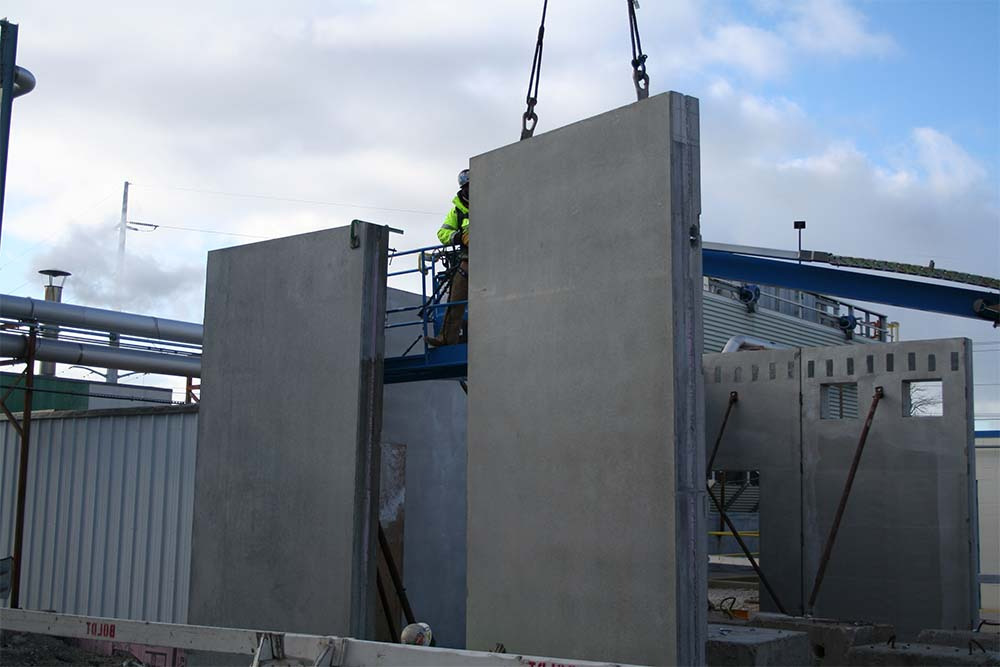
3. Stone Cladding for Houses
Natural stone is a basic building material used for facades from hundreds of years ago. Nowadays, it is important to build a sustainable home using green products. In this case, natural stone is the most ecological solution, with a lot of benefits for your facades.
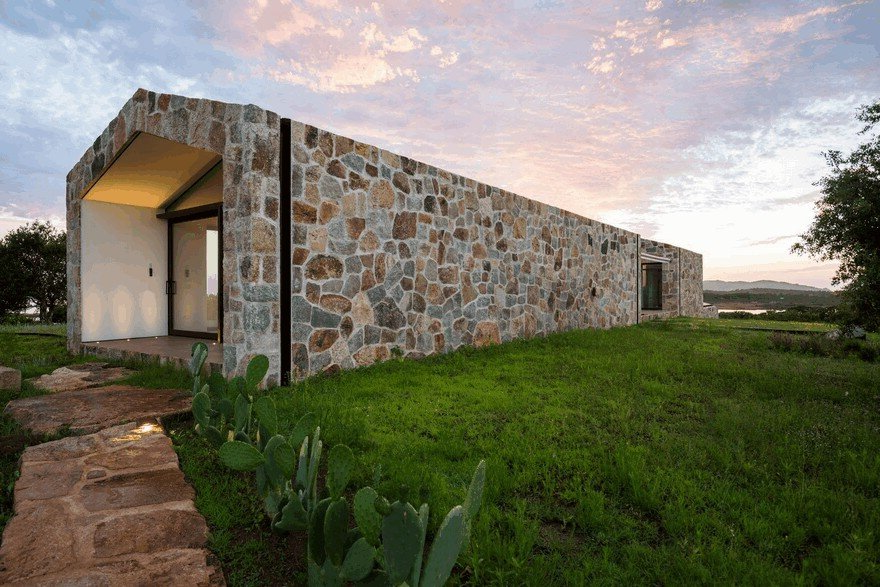
Natural stone is durable and fireproof. While some houses tend to crumble into ruins, well-built stone facades will stand for centuries. You can rebuild the façade from the original stone structure. Furthermore, natural stone is maintenance-free. There’ll be no need of paint and no expensive siding to install.
Construction Methods for Affordable Concrete Homes
1. Precast Concrete
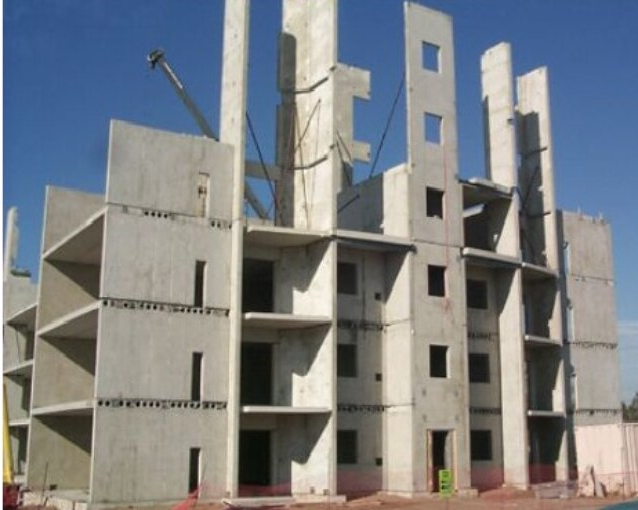
Precast concrete is an alternative to cast-in-situ concrete. While cast-in-situ concrete is cast in its actual location, precast concrete is cast at another location, either at the building site or in a factory, and is then lifted to its final resting place and fixed securely.
This indicates that precast concrete buildings are constructed of individual sections that are bolted or linked together, as opposed to cast-in-situ construction, which is monolithic or continuous.
Advantages of Precast Construction
Precasting works well for manufacturing lots of similar parts. Consider that we are constructing a complex of affordable housing with 2000 identical flats. Then, using precasting, we could create the floor and wall slabs for each apartment, hoist them into place, and join them.
For the following reasons, precasting makes building simpler since it is carried out in a specially designed precasting yard or factory:
- Instead of being done at a height, the construction is done on the ground.
- As long as the environment is managed, there are no issues with rain, dust, cold, or heat.
- It is possible to create specialized formwork (moulds) for repeatedly using the same component.
- The liquid concrete may be created, moved, and poured using specialized equipment.
- The concrete may be cured in a controlled setting.
This implies that precast components can have very high quality.
Construction may go extremely quickly since the components can be produced in advance. Engineers must create each set of components in a cast-in-situ structure after the preceding set is complete, which takes time because concrete typically takes 28 days to attain its maximum strength.
Disadvantages of Precasting
There are a few main disadvantages of precast concrete construction:
- The structural frame or system is neither monolithic or continuous like typical concrete construction since each component is built independently. There is structural discontinuity due to the joints between the parts. These joints will transmit the forces of the building, thus they must be constructed to do so safely and effectively. Be aware that precast concrete can also be used for members that are not structural.
- Again, because the structure is formed of separate components, the connections between adjacent pieces must be waterproofed by using particular sealants.
- The majority of precast components are huge and weighty. This indicates that cranes are needed to raise them into place; these cranes must work throughout the full building volume. The time it takes the cranes to pick up a component and move it to its ultimate place becomes crucial in setting the building timeline because there will only be a few cranes on site.
2. Insulated Concrete Forms (ICFs)
Insulating Concrete Forms (ICFs) are concrete wall forming systems that are not removed after the concrete has hardened, but stay in place permanently as part of the structure. The forms are generally made from high density styrofoam or other lightweight materials.
The pre-formed interlocking blocks or separate panels that are joined with plastic or metal ties make up the insulated concrete forms. The left-in-place insulated concrete forms serve as a base for drywall on the inside and stucco, lap siding, or brick on the outside in addition to serving as a continuous sound barrier and insulation.
benefits of ICFs?
Insulating concrete form systems, as its name indicates, offer insulating qualities for the concrete walls of a structure both above and below grade. Regular concrete foundation walls in residential construction frequently need insulation installed after the forms have been removed. ICFs eliminate the need for insulation installation since the insulation is kept in situ.
Insulated concrete forms are portable and many of their systems may be assembled like toy blocks, making them simple to install.
Residential below grade foundations and two-story above grade walls can both employ insulating concrete forms. For bigger constructions, engineering plans could be necessary.
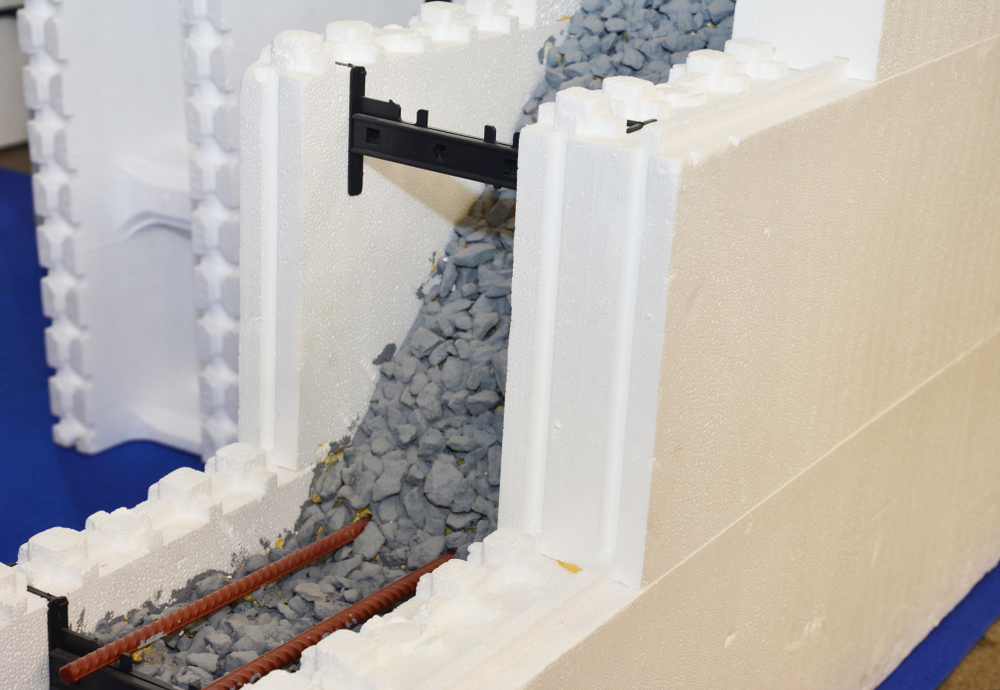
Read Also:
